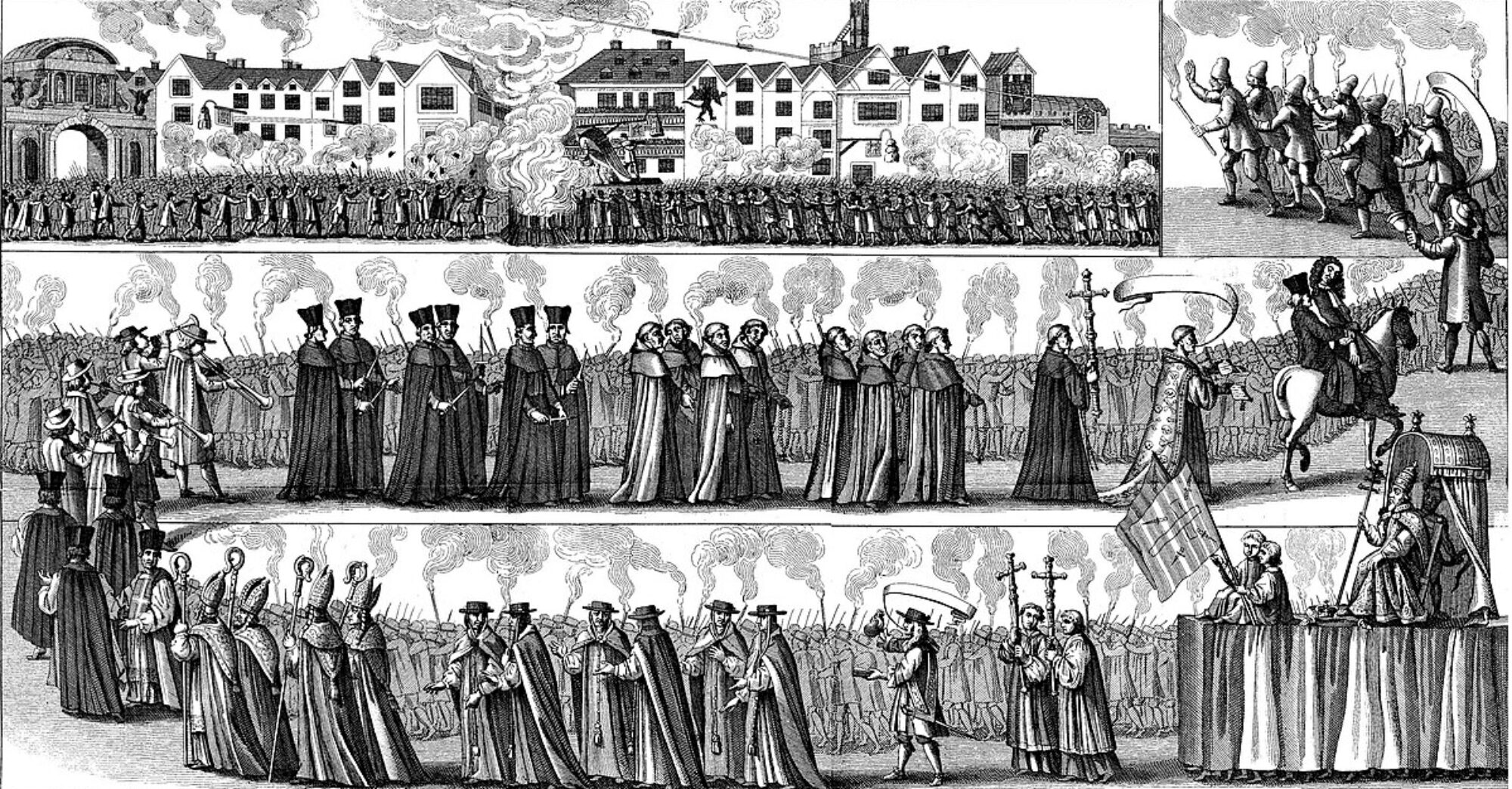Today’s talk, powerpoint posted once I touch up the presentation:
04:00 PM
Condensed Matter & Atomic (CMA) Physics Seminar
Dave Bacon, University of Washington, Computer Science & Engineering
Building Robust Qubits Using Many-Body Strongly Interacting Quantum Systems
C-421, PAT (Physics)
The late Rolf Landauer liked to say that “information is physical.” By this he meant not that the abstract concept of information has anything to do with the laws of physics, but instead that it is physics which determines whether a device can robustly store and manipulate information. Thus, for instance, the robust storage of bits on hard drives is possible only because of the statistical physics of magnetic domains. In this talk I will discuss how this point of view should change the way we envision constructing devices which robustly store and manipulate quantum information. In particular I will discuss many-body quantum systems whose physics serves to replace the micro architecture of quantum error correction normally envisioned as necessary for building robust qubits. Along the way I will explain the basic ideas of topological quantum computing using anyons along with new ideas for self-correcting qubits in a three-dimensional quantum compass model.
Update: Talk is now posted here.
